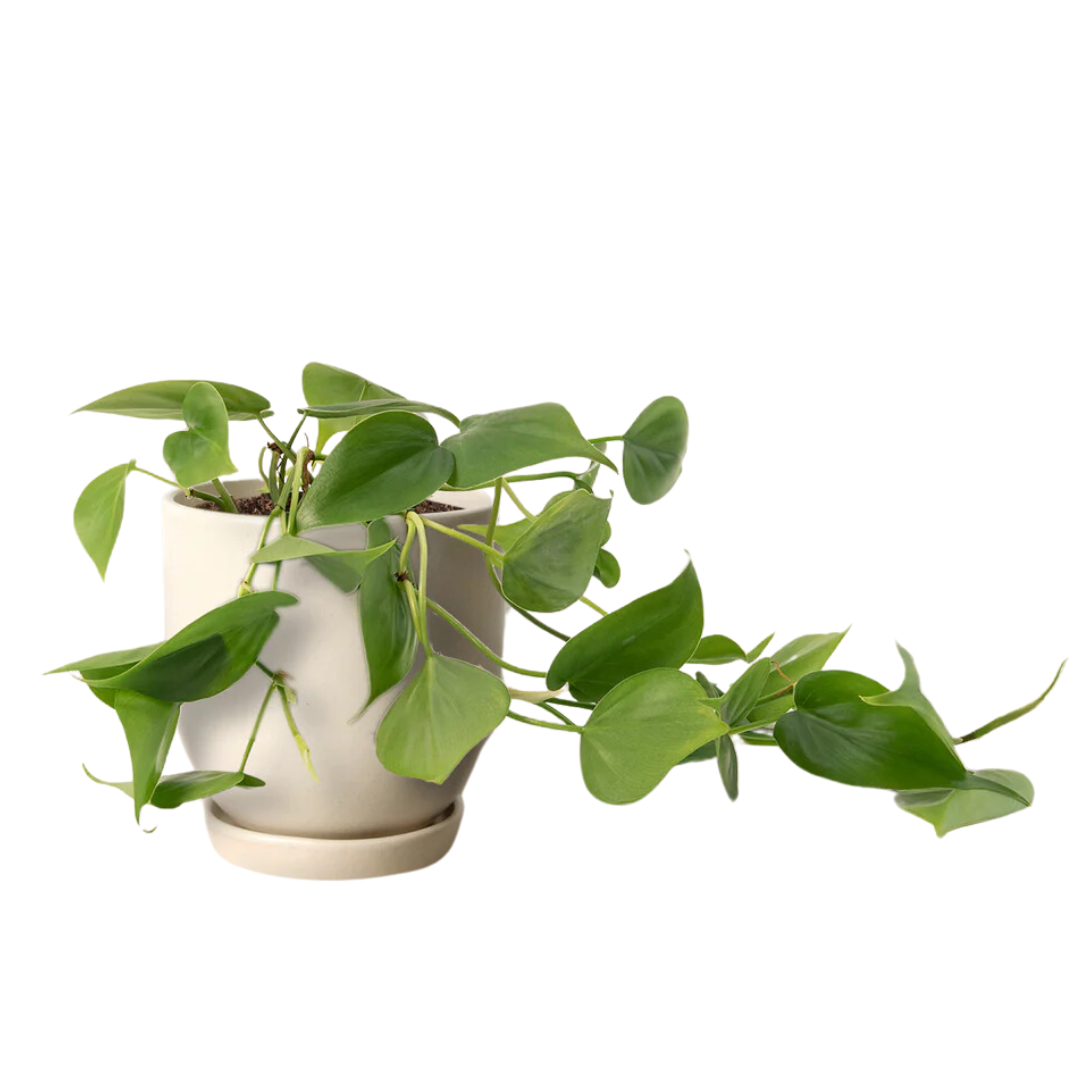6 Houseplants That Thrive in Low-Light Conditions — Dark Corners, We're Coming for You
Thought light-starved rooms were no place for houseplants? Think again

Finding the best low-light plants that will thrive in winter light conditions or in north- or east-facing rooms that don't get much sunlight means you can still green up your interior to benefit from the wellbeing boost that they offer when you don't get outside to be in nature so much.
The combination of shorter days, dark rooms, and low light can create an environment where many indoor plants struggle. Happily, there are plenty of houseplant varieties that will flourish in low-light conditions. In fact, many of the ones we've recommended here make it onto our list of most popular houseplants, which is a surefire formula for success.
So say goodbye to gloomy corners and find out more with our expert selection of six of the best low-light-loving, easy-care beauties that will thrive to create a lush indoor oasis.
Low-light loving houseplants we're totally into

Providing houseplants with the amount of light they need is essential for their long-term health. This means that working out the light levels is important to find the right position for your plants.
The best low-light plants will transform a home by adding a beautiful green note. There's bound to be one to suit your situation. With so many beautiful houseplants to take your pick from, we're here to pinpoint which ones could work for you.
1. Snake plant

"My favorite low-light plant is the snake plant (Sansevieria)," says Valeria Nyman of Taim.io, a platform that helps people learn to cultivate greener spaces. "It doesn’t just tolerate neglect but seems to thrive on it. It's native to West Africa and evolved to cope with poor light and dry conditions, making it perfect for dim rooms and winter days. Snake plants are also natural air purifiers, according to none other than NASA."
Snake plants can live in a range of conditions, from low light to bright, direct sun. They’re the perfect plant to bring life to a dark room or corner, and once in the right position, they need very little care. They need well-draining soil — think cactus mix with a splash of sand, says Valeria — and to understand how often to water a snake plant, remember that they only need watering when the soil is bone dry.
They prefer drier environments, don't like temperatures below 50°F, and if you're wondering how often to fertilize a snake plant, they only need feeding with a general houseplant fertilizer every couple of months during the growing season (spring to summer). Find out about snake plant mistakes to avoid to get the very best out of your new plant.
2. ZZ plant

"If I had to choose a favorite low-light-requiring plant, the ZZ plant is probably the one I would pick," says plant care expert Melvin Cubian from Plantin. "This succulent plant's ability to grow in little light is second to none. When kept in such locations, it can temporarily halt its growth without losing any of its leaves, a trait expected in many plants that are sensitive to changes in light exposure."
Moreover, it will need less water if grown under low-light conditions or in an indoor space that is away from bright windows. "Just ensure that it sits in a sphagnum or coco-based medium that holds the proper moisture while preventing the risk of rot, or alternatively, a cactus-specific one that has excellent aeration."
It is also important to note that long-term placement in shady spots may result in gradual thinning of its stems, according to Melvin. "So ensure that artificial light is provided over it or that it intercepts a fraction of light through a nearby window."
We're big fans of the ZZ plant, too — it makes it onto our list of the indoor plants that last the longest, as well as radiator plants to choose from that aren't at risk of being killed by the central heating.
3. Peace lily

For the best indoor flowering plants that need little or no sunlight, the beautiful peace lily takes the crown. With its lush green foliage and contrasting white flowers, the peace lily (Spathiphyllum) is one of our go-to low-light plants. Thriving indoors in bright, indirect sunlight, it can also tolerate low indirect light and ideally likes a temperature range between 65-80°F.
This is an exceptionally easy houseplant to care for, too. Known for its air-purifying capabilities, it's a great choice for bedrooms as well as offices where low light conditions are common, as it will thrive in shaded areas. But really, it will slot beautifully wherever you place it.
Peace lilies like well-draining, peat-based soil that needs to be kept consistently moist, but be careful as overwatering can lead to root rot. Feed monthly during the growing season (spring and summer) with a balanced liquid fertilizer.
Trim any faded leaves at the base to keep your plant healthy and stop decayed material building up that can harbor pests. Wipe leaves regularly with a damp cloth to remove dust and help the foliage receive more light.
4. Philodendron

Philodendron plants are a classic houseplant. They are also one of the best low-light indoor plant varieties and very tolerant of low-light conditions. They can be grown as trailing vines or climbing vines on a post or trellis. Either way, it’s easy to keep the plant manageable.
If you love the indoor jungle look, they are a must. "Some species and cultivars grow relatively quickly, which can be a blessing or a curse – you can bless your friends with cuttings within a short time (often within a year), but it may be challenging to keep up with a plant that keeps outgrowing your space," says Darryl Cheng, author of The New Plant Collector: The Next Adventure in Your House Plant Journey. Find out the best philodendron varieties to grow to suit your situation.
In terms of getting the soil mix right, Darryl recommends the following. "Use standard potting soil (2 to 3 parts) with some added perlite or bark chips (1 part). If you have the time and energy for frequent watering, increase the ratio of the drainage material."
Philodendrons are forgiving of drought but do best when you can water them when halfway dry. "Once the substrate dries further, there will be noticeable wilting," says Darryl. "The plant will soon recover with a thorough soaking."
As long as you keep philodendron out of direct sunlight, they will thrive in both light and dark positions, although if you choose the latter this may slow their growth a little.
5. Chinese evergreen

Known as one of the best houseplants with colorful leaves, the Chinese evergreen is truly unstoppable for its beauty and maintenance. The choice of plants that thrive in full shade is quite limited, but there are a few that will cope well. By full shade, we mean the areas of a room where the windows receive no direct sunlight.
One of the best low-light plants that cope with these conditions is the Chinese evergreen (Aglaonema), a tropical beauty with lovely distinctive markings on the leaves. These elegant leafy plants can be used as a focal point to create a calming oasis, and they are one of the many foliage plants that are happy in rooms that receive little direct sunlight.
"You’ll often spot huge pots of Chinese evergreen in indoor malls, offices, and hotel lobbies," says planterior designer Kamili Bell Hill, author of Happy Plants, Happy You. "Why? Because in nature they grow on the rainforest floor, under the canopy of larger plants. Therefore, they can flourish and thrive in artificial lighting alone. Add a window or two and they really take off, but these beauties do not need or want direct bright light."
They are easy care plants, too. Keep the compost moist and empty out any excess from the saucer or cache pot after watering to avoid root rot. They like a well-draining soil mix with added horticultural grit.
Chinese evergreen also likes moderate humidity and will enjoy being misted once a week. If you have a dark bathroom this will be the ideal setting for it.
6. Parlor palm

This tropical palm thrives in light shade to produce plenty of lush foliage. It's so easy to grow, and in the right spot, this low-light lover will reach heights of up to 6 feet tall. Also known as Chamaedorea elegans, its distinctive, elegant fronds make it a popular choice with interior designers.
It's also one of the best low-light plants for beginners. Match it to your situation. It will thrive in bright, indirect light with temperatures around 60 – 75°F, or a low light room with lower temperatures. Either way, this easygoing plant will adapt. Although it won't be happy in deep shade.
As for parlor palm care, be careful not to overwater, and reduce watering in winter so the soil becomes drier. Use a balanced liquid fertilizer (such as Jack's Classic 20-20-20 All Purpose Water-Soluble Fertilizer from Amazon) monthly during the growing season (from spring to fall) to encourage growth.
FAQs
What plant needs the least amount of light?
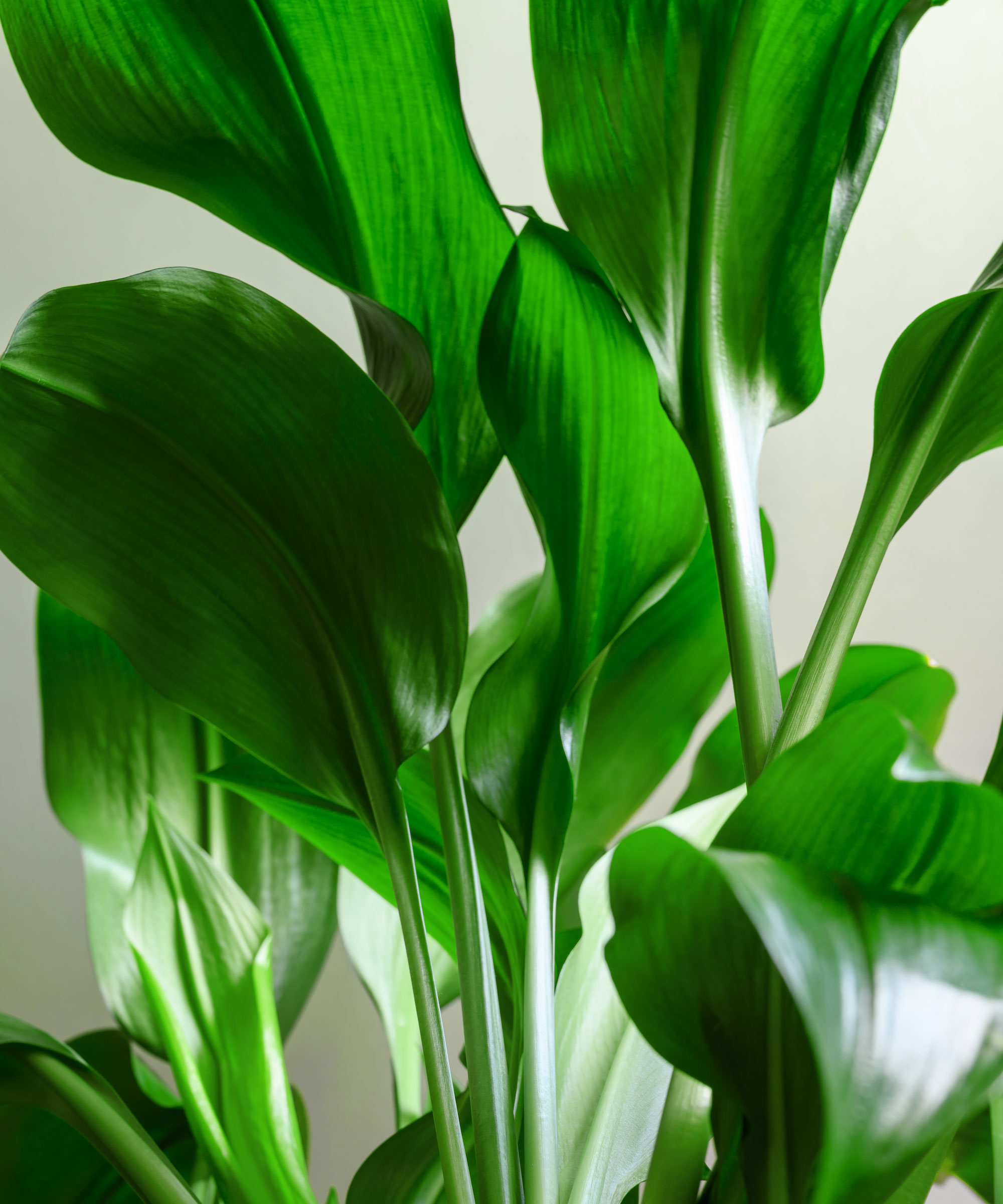
"In terms of the plant that needs the least amount of light, I'd pick the cast iron plant (Aspidistra elatior)," says Valeria Nyman. "If plants were philosophers, this guy would be Diogenes: indifferent to luxury and thriving in adversity. It can survive in the gloomiest corners of your home. Its nickname says it all: you’d have to go out of your way to kill it."
The cast iron plant can be put in places where few other plants will survive, and will stay green and leafy. Just remember to keep it out of the sun. Keep the soil evenly moist but not waterlogged, and use a standard potting mix. It’ll treat you to glossy green leaves, even if it never sees direct sunlight. Definitely one of the best low-light plants around.
Be The First To Know
The Livingetc newsletters are your inside source for what’s shaping interiors now - and what’s next. Discover trend forecasts, smart style ideas, and curated shopping inspiration that brings design to life. Subscribe today and stay ahead of the curve.
Lifestyle journalist Sarah Wilson writes about flowers, plants, garden design and trends. She has studied introductory garden and landscape design and floristry, and also has an RHS Level 2 qualification in the Principles of Plant Growth and Development. In addition to homesandgardens.com and livingetc.com she's written for gardeningetc.com, Real Homes, Modern Gardens and Country Homes & Interiors magazines. Her first job was at Elle magazine, during which time a trip to the beautiful La Colombe d'Or in St-Paul-de-Vence led to an interest in writing about all things botanical. Later as lifestyle editor at Country Homes & Interiors magazine the real pull was the run of captivating country gardens that were featured.
-
 The 'New British' Style? This Victorian London Home Embraces Its Owners' Global Background
The 'New British' Style? This Victorian London Home Embraces Its Owners' Global BackgroundWarm timber details, confident color pops, and an uninterrupted connection to the garden are the hallmarks of this relaxed yet design-forward family home
By Emma J Page
-
 Muji Living Room Ideas — 5 Ways to Harness The Calming Qualities of This Japanese Design Style
Muji Living Room Ideas — 5 Ways to Harness The Calming Qualities of This Japanese Design StyleInspired by Japanese "zen" principles, Muji living rooms are all about cultivating a calming, tranquil space that nourishes the soul
By Lilith Hudson
-
 These Are the Dos and Don'ts of Bamboo Plant Placement — Follow This to Avoid Bad Feng Shui
These Are the Dos and Don'ts of Bamboo Plant Placement — Follow This to Avoid Bad Feng ShuiBy following the experts' guidance on where to place this houseplant you can usher luck, wealth, and prosperity into your home
By Lilith Hudson
-
 Is It Okay to Have a Mirror Facing a Door in Feng Shui? The Verdict Is In and It Just Might Surprise You
Is It Okay to Have a Mirror Facing a Door in Feng Shui? The Verdict Is In and It Just Might Surprise YouDecorating your home with mirrors calls for intention if you're dressing your space in accordance with Feng Shui. Here's what you should know.
By Amiya Baratan
-
 4 Things to Unpack as Soon as You Move House — For a Comfortable and Organized Fresh Start
4 Things to Unpack as Soon as You Move House — For a Comfortable and Organized Fresh StartIf you have a major move in the works and you're looking to prepare in advance, this is the starter kit you need to properly set up your new home.
By Amiya Baratan
-
 10 Decluttering Challenges to Have on Your Radar This Year — For a Tidier, More Mindful Home
10 Decluttering Challenges to Have on Your Radar This Year — For a Tidier, More Mindful HomeIf you're interested in transforming your home for the better, here are 10 decluttering challenges I recommend for a professionally tidy space.
By Amiya Baratan
-
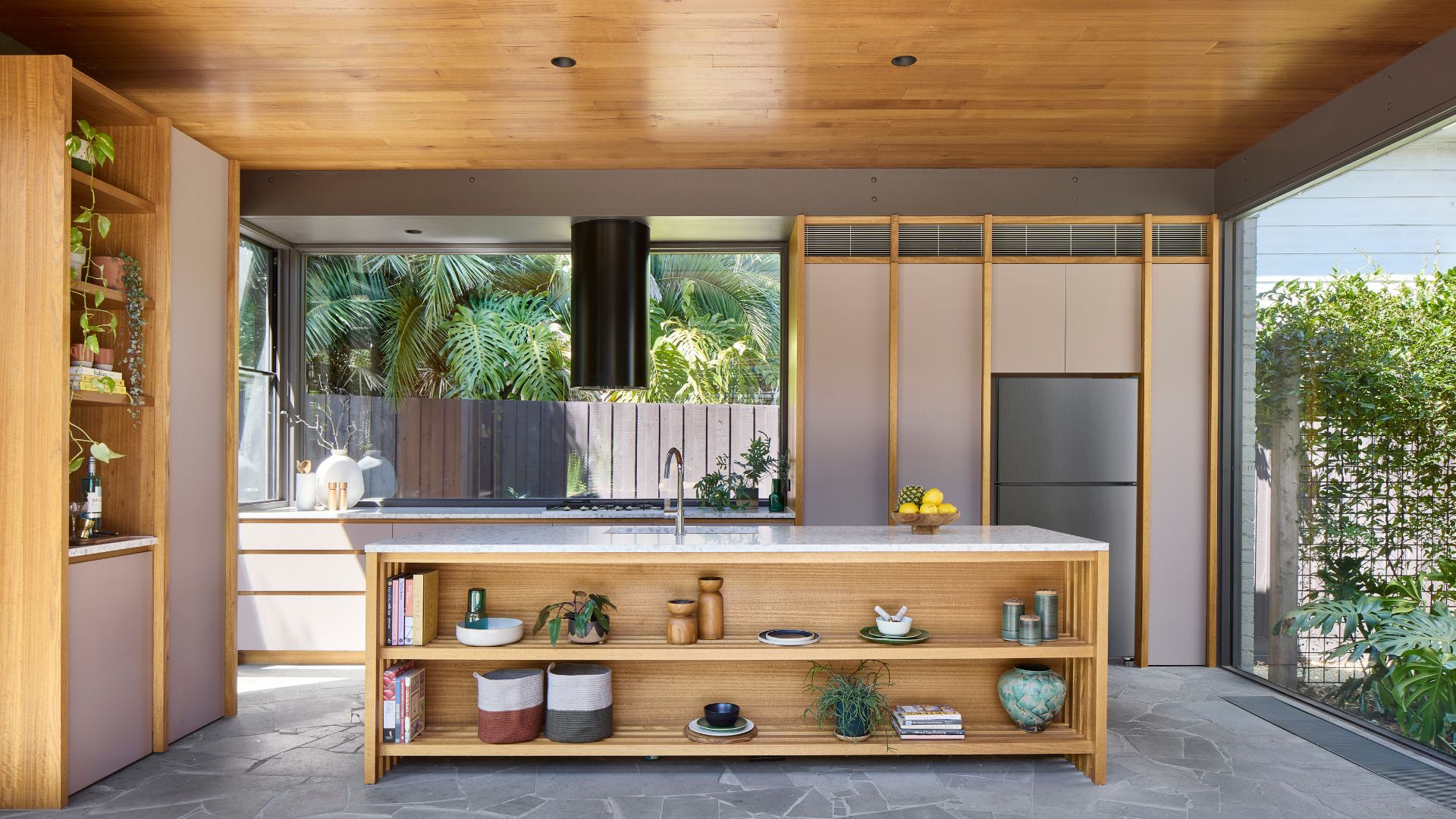 Biophilic Decluttering — What to Take Out of Your Home (and What to Put in) for a More Natural Home
Biophilic Decluttering — What to Take Out of Your Home (and What to Put in) for a More Natural HomeTry your hand at biophilic decluttering to ground your interiors, connect to the environment, and cure chronic clutter in one go. Here's how.
By Amiya Baratan
-
 The 10 Different Types of Kitchen Taps — And the Pros and Cons of Each One to Know Before You Pick
The 10 Different Types of Kitchen Taps — And the Pros and Cons of Each One to Know Before You PickFrom sleek pull-outs to vintage bridge taps, explore 10 kitchen tap styles that mix function, flair, and a splash of cool
By Linda Clayton
-
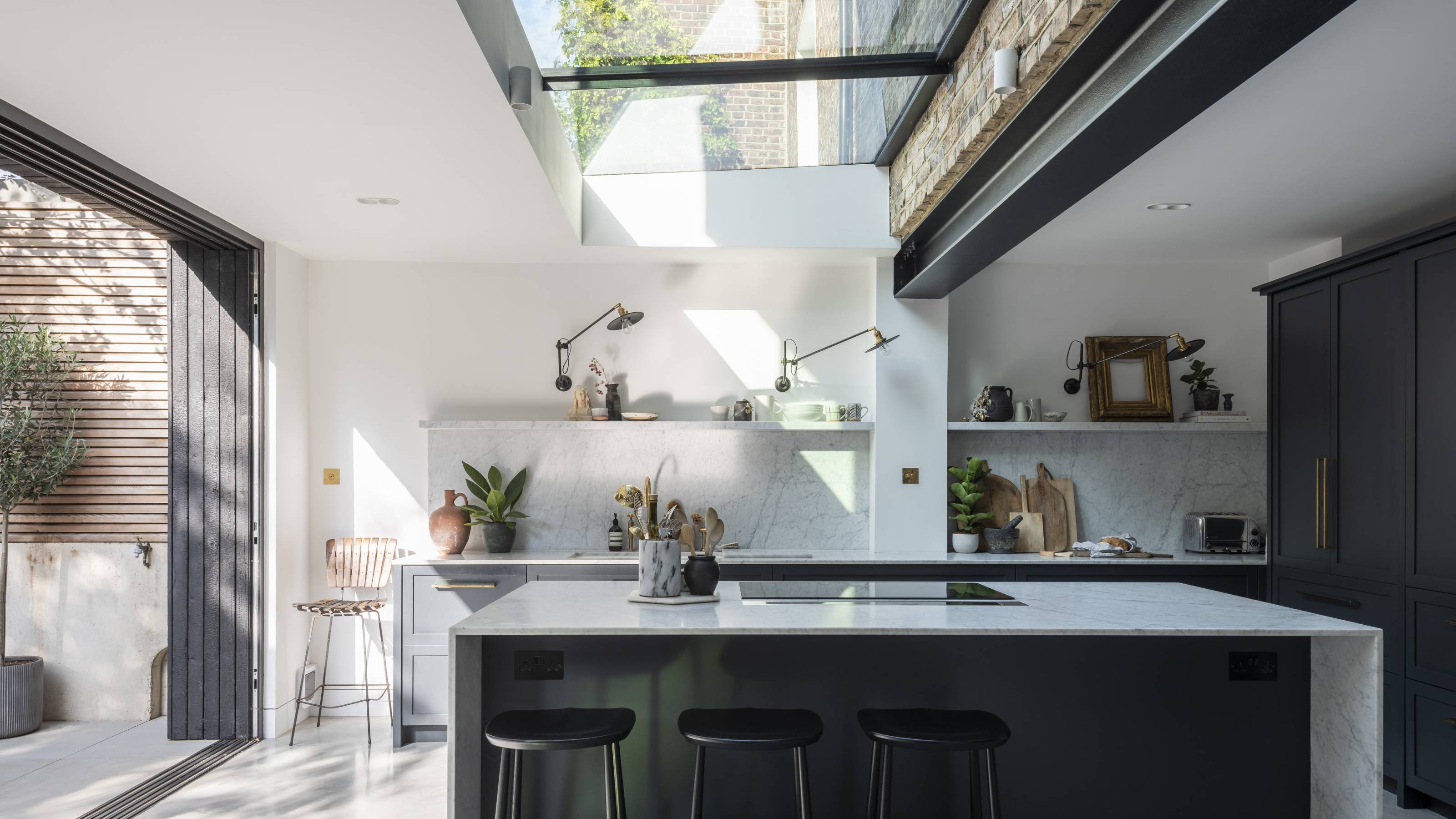 How Much Does an Extension Cost in 2025? Renovation and Design Experts Break Down Your Budget
How Much Does an Extension Cost in 2025? Renovation and Design Experts Break Down Your BudgetExplore how much different types of extensions cost in 2025 to budget for your project accurately
By Amy Reeves
-
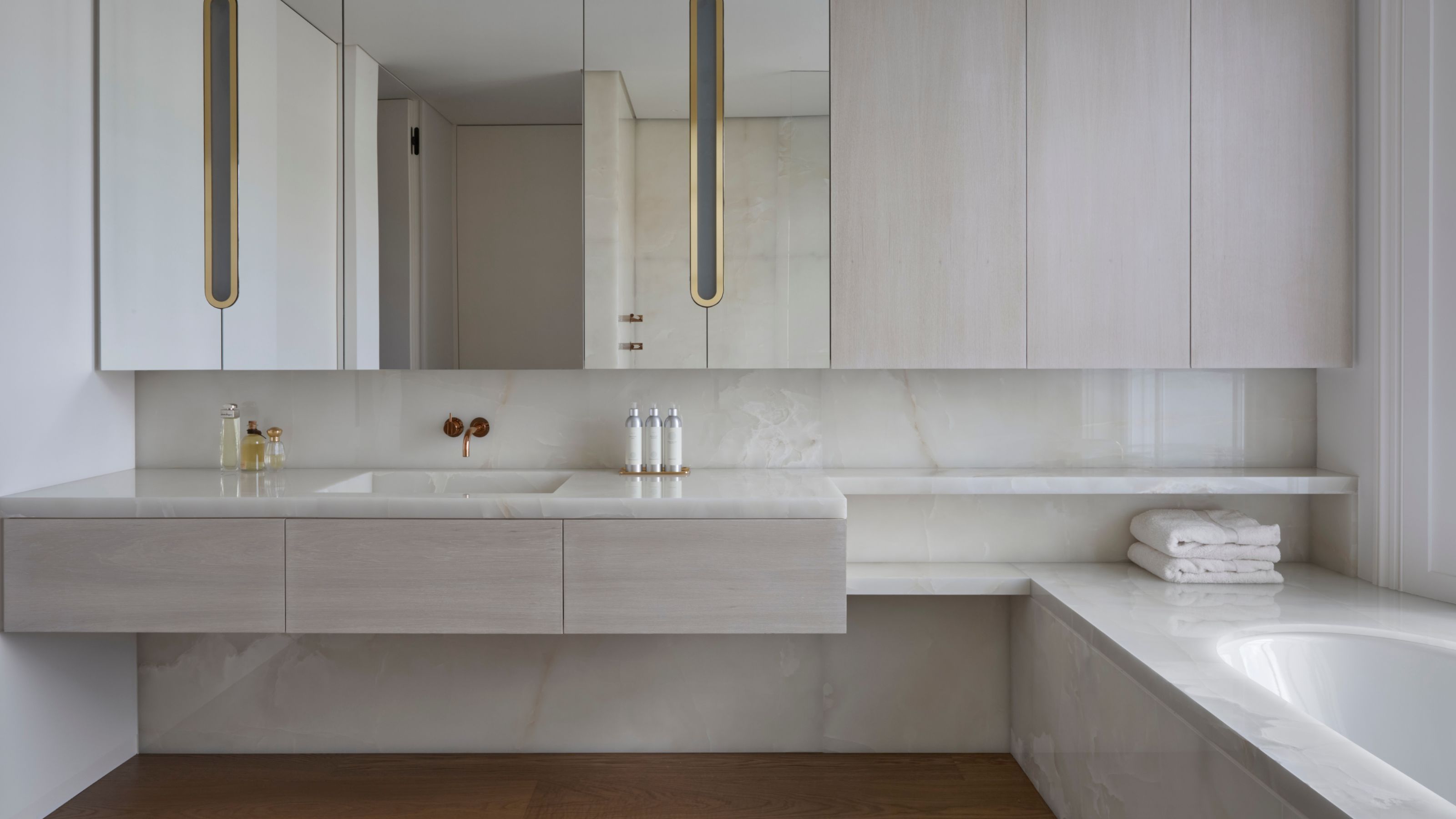 9 Bathroom Storage Mistakes You're Probably Making That Make Using This Space Much Harder — And What to Do Instead
9 Bathroom Storage Mistakes You're Probably Making That Make Using This Space Much Harder — And What to Do InsteadDiscover which mistakes are to blame for your overcrowded and cluttered bathroom
By Seraphina Kyprios



